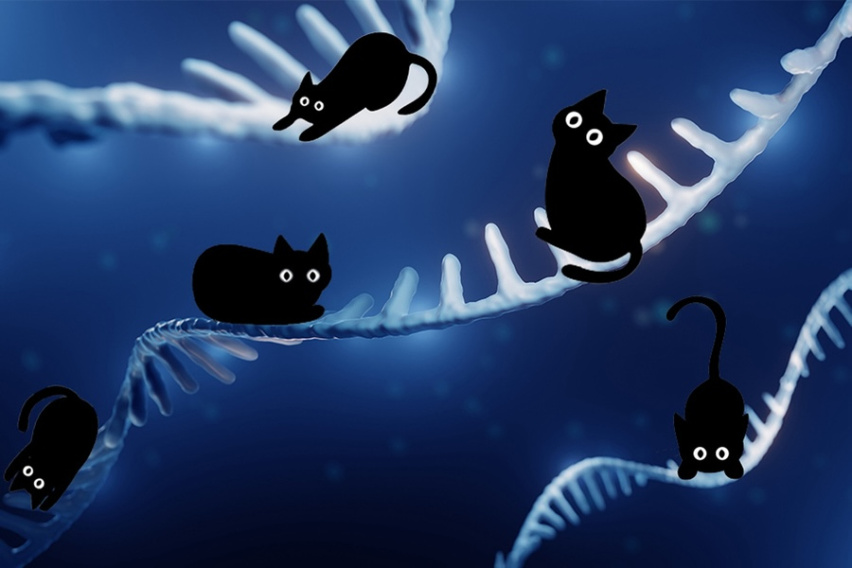Dana-Farber/Harvard Cancer Institute
April 14, 2020
Searching for ways to stay connected to the cancer research community while safely socially isolating? The Dana-Farber/Harvard Cancer Center’s seminar series “Science:Connect” features leaders in cancer biology, immune oncology, and more four days a week at 12:00 pm EST. You can join live or watch past talks; look for KI faculty members Tyler Jacks on April 14 and Angelika Amon on April 16.
